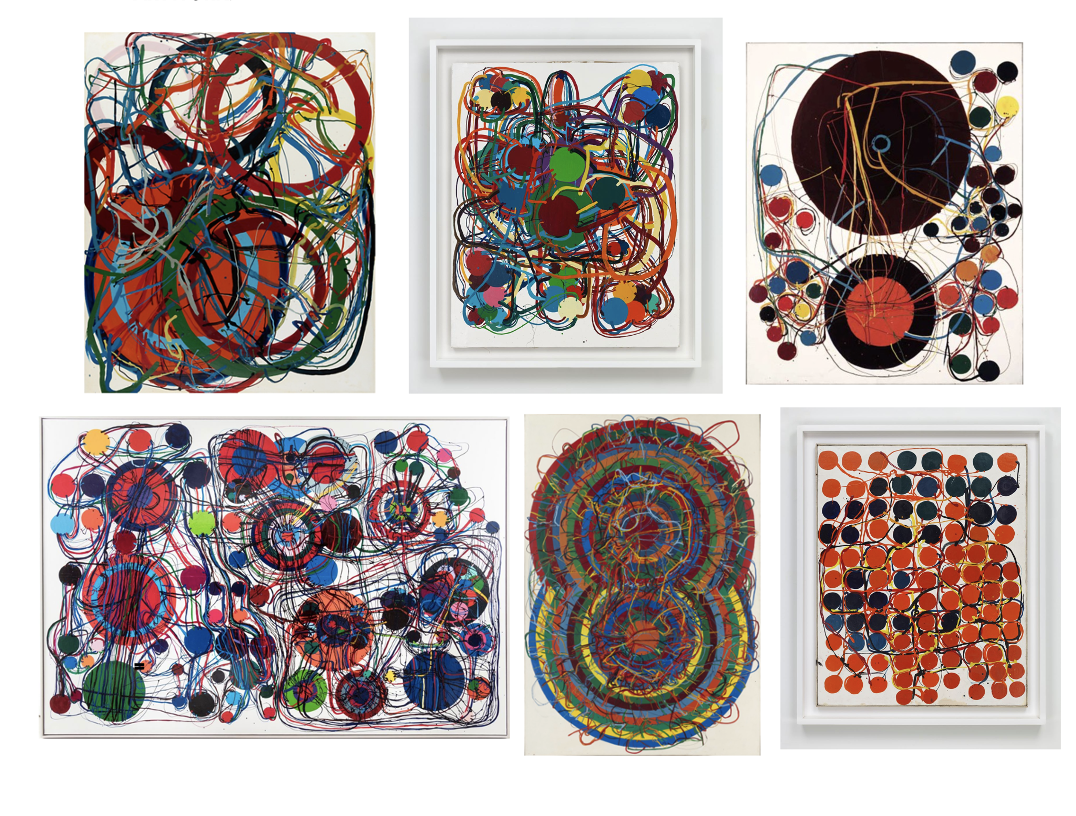Atsuko-Tanaka
Atsuko Tanaka 田中 敦子 (b.1932 –2005) was a postwar Japanese avant-garde artist that was a central figure in the Gutai Art Association from 1955 to 1965. Tanka was interested in time, space and chance. She was an experimental artist best known for her performances (including the Electric Dress 1956) and concentric circular paintings. Tanaka and the Gutai movement have been exhibited widely and recognized internationally since the 2000s.
Workshop
Let’s take inspiration from artist Atsuko Tanaka’s colorful circles, intertwining lines and electric works of art by drawing on lightbulbs. Creating our own light sculptures and performance art!
Find an everyday household lightbulb (ask a parent or teacher for permission) and hold the glass gently while you work
With your Sharpie (permanent) markers draw or doodle circles connecting them to lines and one another
Think about the energy in a light bulb, of electricity and use lot of different colors
Ask for an adult to help install the light bulb in the socket and activate a special space in your home or at school!
Materials
• Lightbulb
• Colorful Sharpie (Permanent) Markers
Follow Up
What do you think performance art is?
What do you think avant-garde means? Did you start drawing a circle or a line? Was it easy to draw on glass?
On the round surface?
Did the colors or shapes have a special impact?
How did the household object transform into a work of art?
When you (an adult) installed or plugged in the lightbulb in how did your artwork change?
Atsuko Tanaka Electric Dress,
1956/1986 Synthetic paint on incandescent lightbulbs,
electric cords, and control 165 × 80 × 80 cm Takamatsu Art Museum
The motto of the Gutai is to “create things that have never existed before.”
Betye Saar




